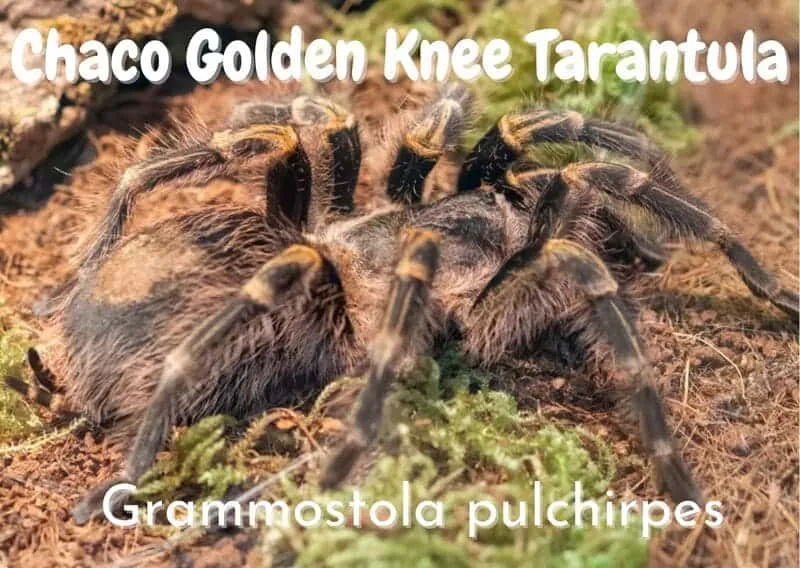Understanding the Chaco Golden Knee Tarantula
The Chaco Golden Knee Tarantula (Grammostola pulchripes) is a captivating and relatively docile species, making it a popular choice for tarantula enthusiasts of all levels. Native to the grasslands of Argentina and Paraguay, these terrestrial spiders are known for their striking appearance and manageable temperament. This comprehensive guide will delve into every aspect of Chaco Golden Knee tarantula care, from setting up their habitat to understanding their behavior and ensuring their overall well-being. Proper care is essential for these creatures to thrive in captivity. This guide offers the best practices for a healthy and happy tarantula.
Appearance and Characteristics
Golden Knee tarantulas are renowned for their stunning appearance. They typically exhibit a dark brown or black carapace and legs, contrasted by vibrant golden-orange bands on their leg joints, hence the name. Their bodies are covered in fine hairs that give them a velvety texture. Adults can reach a leg span of up to 8 inches, with females generally larger and longer-lived than males. Their calm disposition and striking look contribute to their popularity as pets. The beauty of these tarantulas is enhanced by the care provided, resulting in a vibrant and visually appealing creature.
Natural Habitat and Behavior
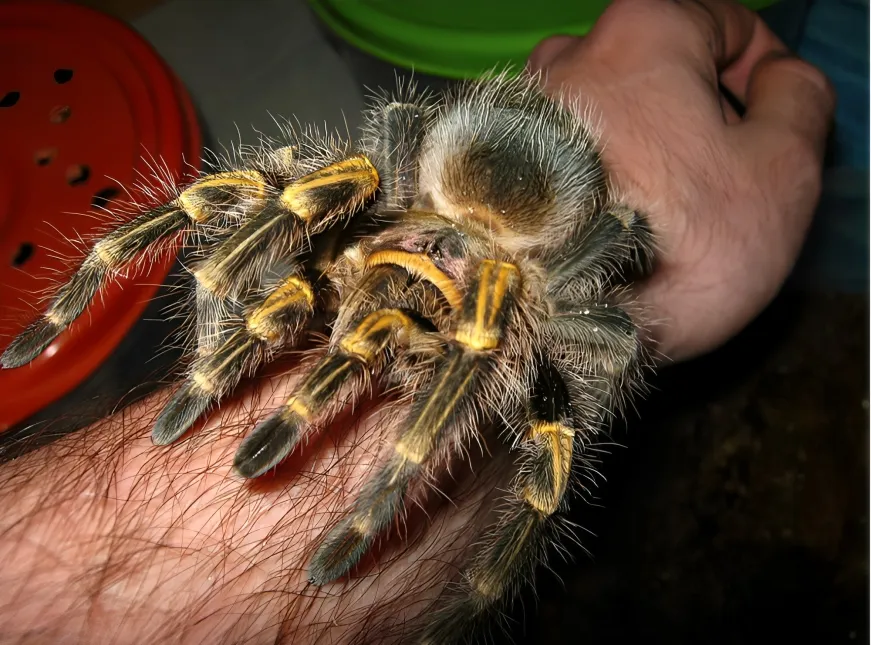
In their natural habitat, Chaco Golden Knee tarantulas are ground-dwelling spiders that live in burrows they construct in the grasslands. They are ambush predators, waiting patiently for prey to wander within reach. Their behavior in captivity is generally calm and predictable, making them relatively easy to handle. They are not particularly defensive, but it is still important to handle them with care. Understanding their natural behaviors helps in providing the appropriate environment and care. They tend to be more active during the evenings and nights. They are quite slow-moving and don’t exhibit the same flightiness as other species.
Setting Up the Perfect Enclosure
Creating a suitable enclosure is paramount to the health and well-being of your Golden Knee tarantula. The enclosure should mimic their natural environment as closely as possible to ensure they feel safe and thrive. This involves providing the right size, substrate, temperature, and humidity. The right enclosure not only provides a comfortable living space, but also allows you to easily observe and care for your tarantula. Creating a proper enclosure is an investment in your tarantula’s long-term health and happiness.
Enclosure Size and Type
A secure and appropriately sized enclosure is essential. For a juvenile, a container that is 8x8x8 inches is usually sufficient. As they grow, you’ll need to upgrade to a larger enclosure, with a minimum size of 12x12x12 inches for an adult. Glass terrariums or plastic enclosures with secure lids are ideal, as they allow for good visibility and ventilation. Ensure the enclosure has adequate ventilation to prevent the build-up of harmful moisture and gases. Consider the tarantula’s terrestrial nature when choosing an enclosure; a wider rather than taller enclosure is more suitable.
Substrate and Decor
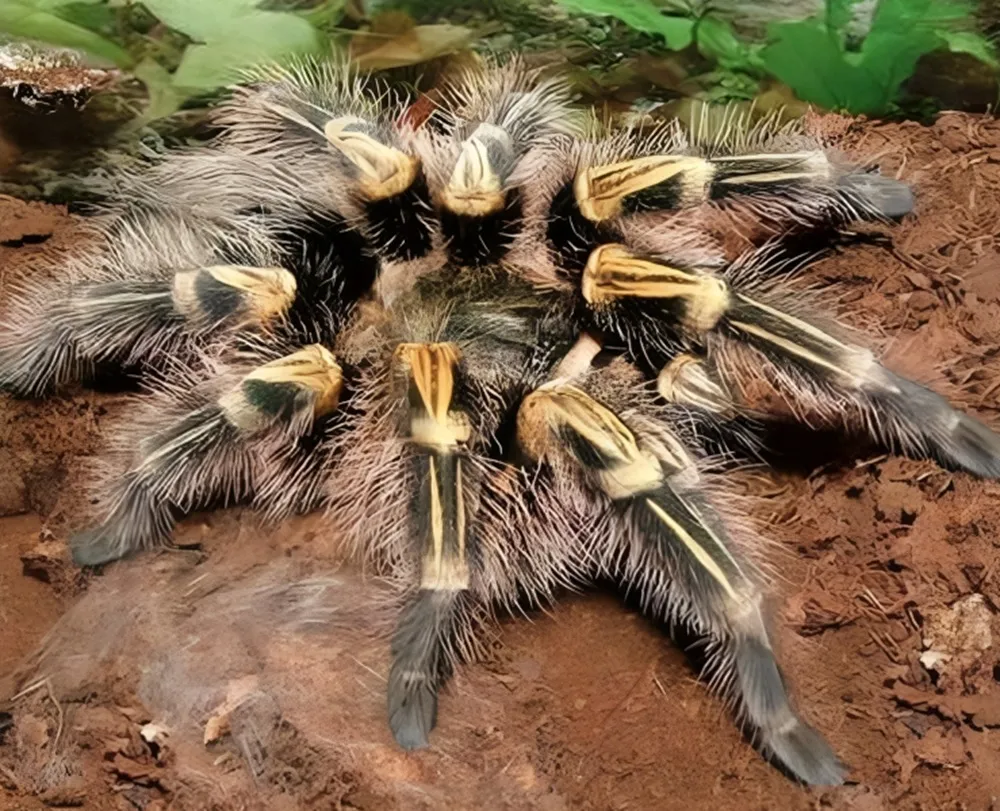
The substrate should be several inches deep to allow the tarantula to burrow if it desires. A mix of peat moss, coconut fiber, and a small amount of vermiculite is an excellent substrate choice, as it retains moisture well while allowing for good drainage. Provide a hide, such as a piece of cork bark or a half-log, for the tarantula to retreat to and feel secure. Other decorations, such as artificial plants or branches, can also be added to enrich the environment and provide enrichment. Avoid sharp objects that could potentially harm the tarantula.
Temperature and Humidity
Maintaining the correct temperature and humidity levels is crucial for the health of your Golden Knee. The ideal temperature range is between 75-85°F (24-29°C). You can use a heat mat placed on the side of the enclosure, rather than underneath, to provide gentle warmth. Humidity levels should be around 60-70%. This can be achieved by misting the enclosure lightly with water every few days. Use a hygrometer to monitor humidity levels, and adjust as needed. Good ventilation helps regulate humidity, so make sure air can circulate.
Feeding Your Golden Knee Tarantula
Proper feeding is essential for your tarantula’s growth and well-being. Golden Knee tarantulas are voracious eaters, but it is important to provide them with the right type and amount of food. Overfeeding can lead to health problems. Understanding their dietary needs ensures they get the proper nutrition. Proper feeding also helps to maintain their vibrant coloration and overall health.
What to Feed Your Tarantula
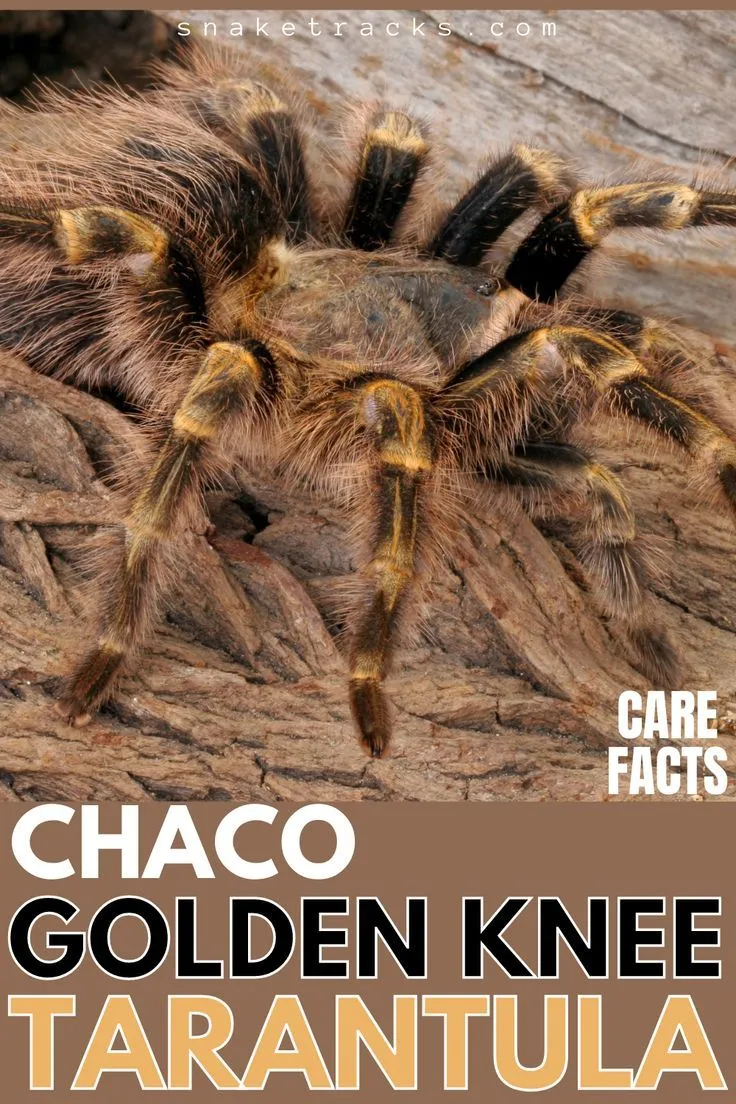
The diet of a Chaco Golden Knee primarily consists of insects. Crickets, roaches, mealworms, and other commercially available feeder insects are suitable. Ensure the feeder insects are gut-loaded with nutritious food before feeding them to your tarantula. This ensures the tarantula receives essential vitamins and minerals. Avoid feeding wild-caught insects, as they may carry parasites or pesticides. Varying the diet with different insects can provide a more balanced nutritional intake.
Feeding Frequency and Amount
Feeding frequency depends on the age and size of the tarantula. Spiderlings should be fed two to three times a week, while adults can be fed once or twice a week. Adjust the feeding schedule based on the tarantula’s body condition. The abdomen should be slightly rounded, not overly plump. Remove any uneaten food within 24 hours to prevent mold and mites. Overfeeding can lead to obesity and other health problems. It’s better to feed smaller portions more frequently than large meals infrequently.
Watering and Hydration
Providing fresh water is vital. Use a shallow water dish filled with clean, dechlorinated water. The water dish should be small enough to prevent the tarantula from drowning. Regularly check and refill the water dish. Some tarantulas may prefer to drink droplets from the enclosure walls or decorations, so misting the enclosure periodically is also beneficial. Water is critical for molting and maintaining overall health. Make sure the water source is always clean and accessible to your tarantula.
Maintaining a Healthy Environment
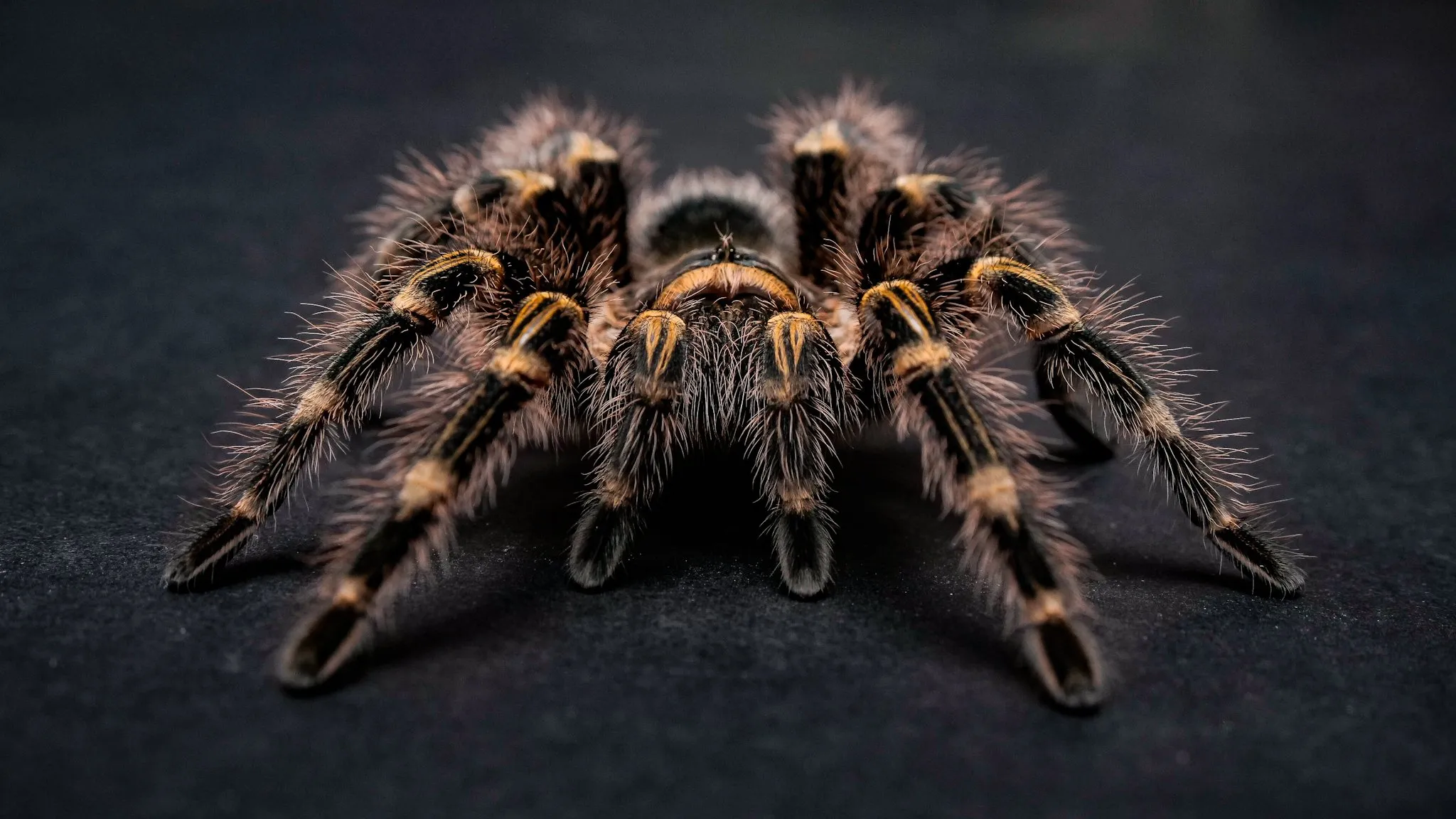
Maintaining a healthy environment is critical to the well-being of your Golden Knee. This involves consistent cleaning and maintenance practices, as well as a cautious approach to handling. A clean and well-maintained enclosure promotes health and minimizes the risk of illness. Creating and maintaining a healthy environment is a critical component of proper tarantula care.
Cleaning and Maintenance
Regular cleaning is essential. Spot-clean the enclosure weekly, removing any uneaten food, molted exoskeletons, and waste. Replace the substrate every 6-12 months, or sooner if it becomes heavily soiled. Always be careful when cleaning the enclosure, and avoid disturbing the tarantula unnecessarily. When replacing the substrate, remove the tarantula temporarily to a secure container. Use appropriate cleaning solutions and ensure all materials are thoroughly rinsed and dried before returning them to the enclosure.
Handling and Safety
While Chaco Golden Knees are generally docile, handling should be kept to a minimum. Tarantulas can be stressed by handling, and a fall can be fatal. If you must handle your tarantula, do so close to the ground and on a soft surface. Never force the tarantula to move; let it walk onto your hand on its own. Always wash your hands thoroughly before and after handling. Be aware of the urticating hairs, which can cause skin irritation. If you are bitten, clean the wound and seek medical attention if necessary.
Common Health Issues and Solutions
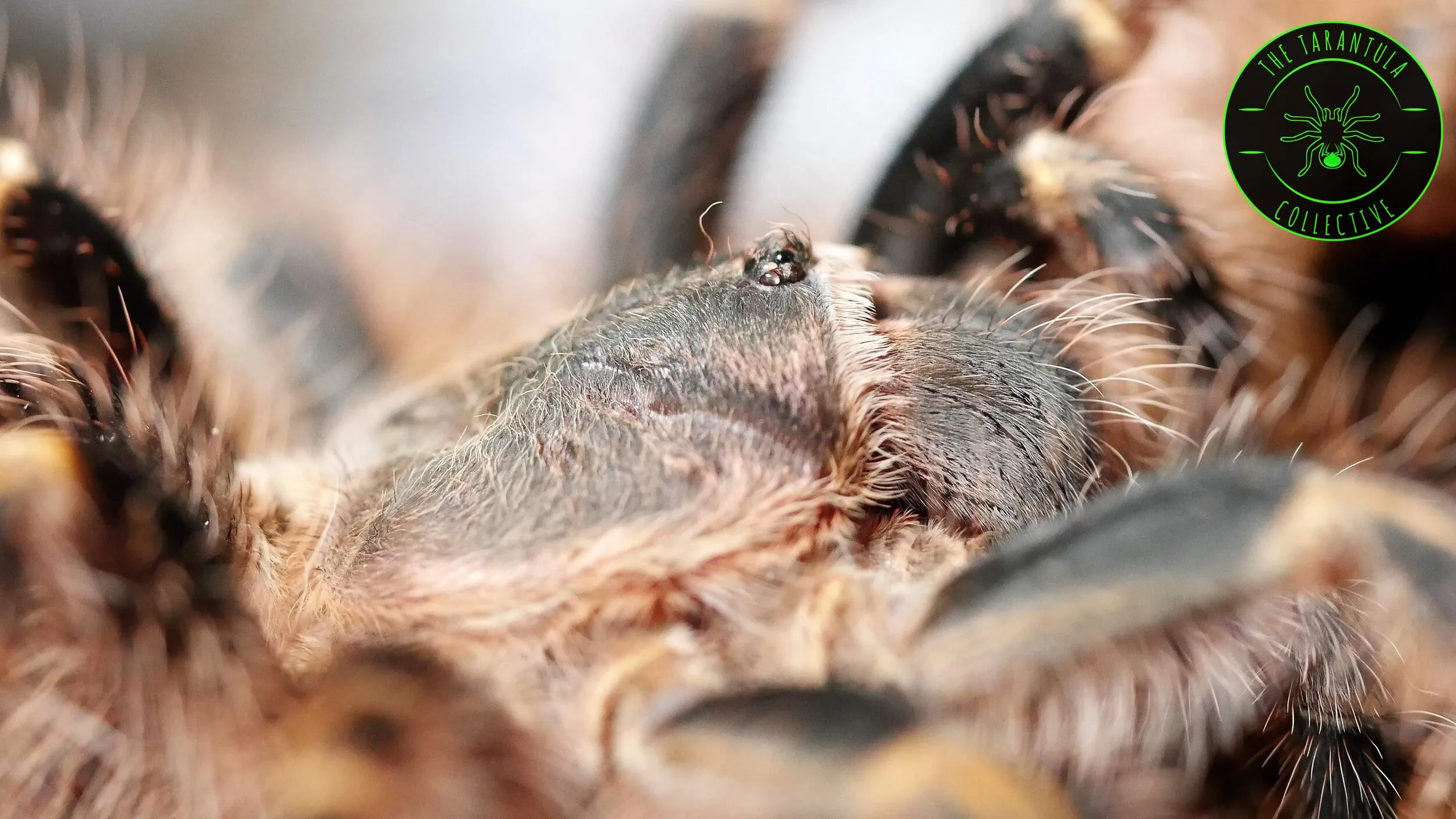
While Golden Knees are generally hardy, they can still experience health issues. Common problems include dehydration, parasitic infestations, and injuries. Dehydration can be addressed by ensuring the availability of fresh water. Parasites are often introduced through feeder insects; quarantine new insects before feeding them to your tarantula. Injuries can occur if the tarantula falls or gets caught in the enclosure. Seek veterinary care from an exotic animal veterinarian if you notice any signs of illness, such as lethargy, loss of appetite, or unusual behavior. Always quarantine new tarantulas before introducing them to established collections.
Breeding Chaco Golden Knee Tarantulas
Breeding Golden Knee tarantulas is a rewarding but challenging endeavor. It requires careful planning, understanding the spiders’ mating behavior, and providing the proper environment for the egg sac and spiderlings. Breeding is not for beginners and requires patience. Proper research and preparation are key. Successful breeding ensures the continuation of this beautiful species.
Identifying Sex and Mating
Sexing Golden Knees can be done by examining their molt skins; females have a spermatheca, a structure used to store sperm. Males have a pair of modified pedipalps, called palpal bulbs, which they use to transfer sperm. Breeding usually involves introducing a mature male to a mature female’s enclosure. The male will drum on the substrate to attract the female. If the female is receptive, mating will occur. Be prepared to separate the spiders after mating to prevent the female from eating the male. Successful mating does not always guarantee egg production. Factors include the health and maturity of both spiders.
Egg Sac and Spiderling Care
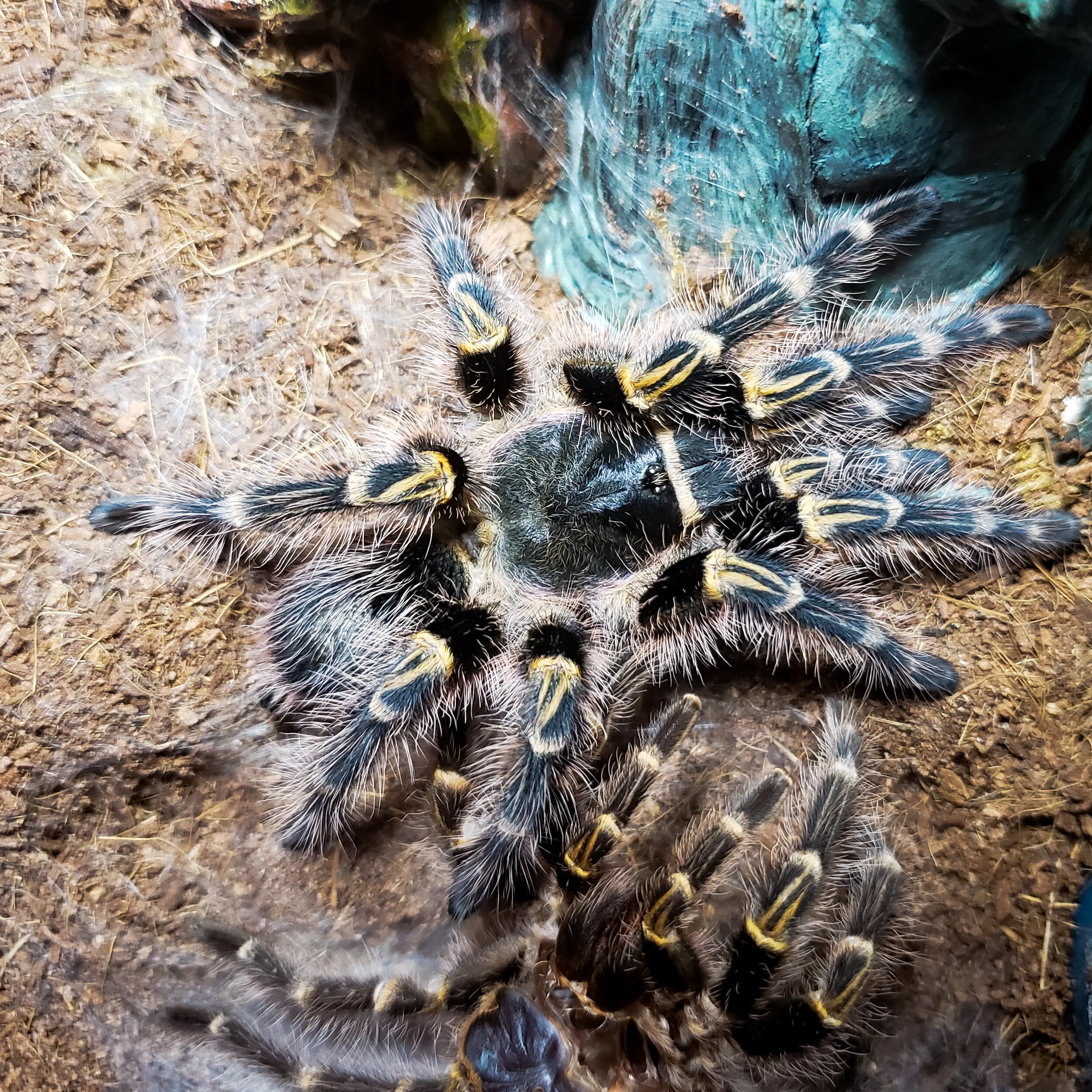
The female will create an egg sac and guard it vigilantly. The egg sac should be kept in a stable environment with consistent temperature and humidity. After the eggs hatch, the spiderlings will go through several molts before dispersing. Spiderlings are small and require specialized care. They should be kept in individual containers and fed small, appropriately sized insects. Monitor their growth carefully and provide adequate moisture and ventilation. Spiderlings are highly susceptible to dehydration and other environmental issues. This phase requires the most intensive care.
Conclusion
Caring for a Chaco Golden Knee Tarantula can be a truly rewarding experience. By following this guide, you can provide your tarantula with the environment, nutrition, and care it needs to thrive. Remember that patience, observation, and a commitment to learning are key to success. With proper care, your Golden Knee can live a long and healthy life, bringing you years of enjoyment. These stunning creatures are a great choice for anyone looking to enter the world of exotic pet ownership. Enjoy the journey of caring for these amazing spiders, and appreciate their beauty and unique characteristics.
